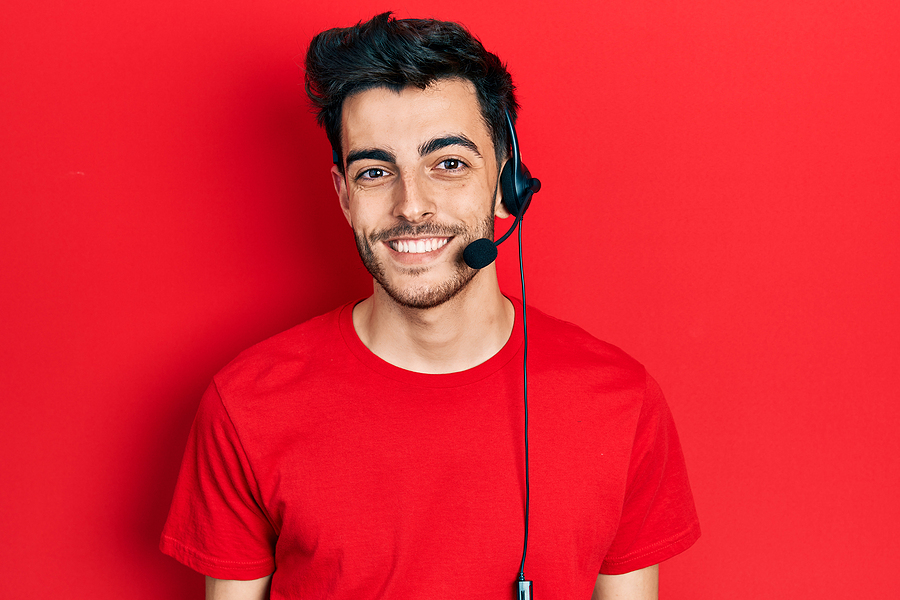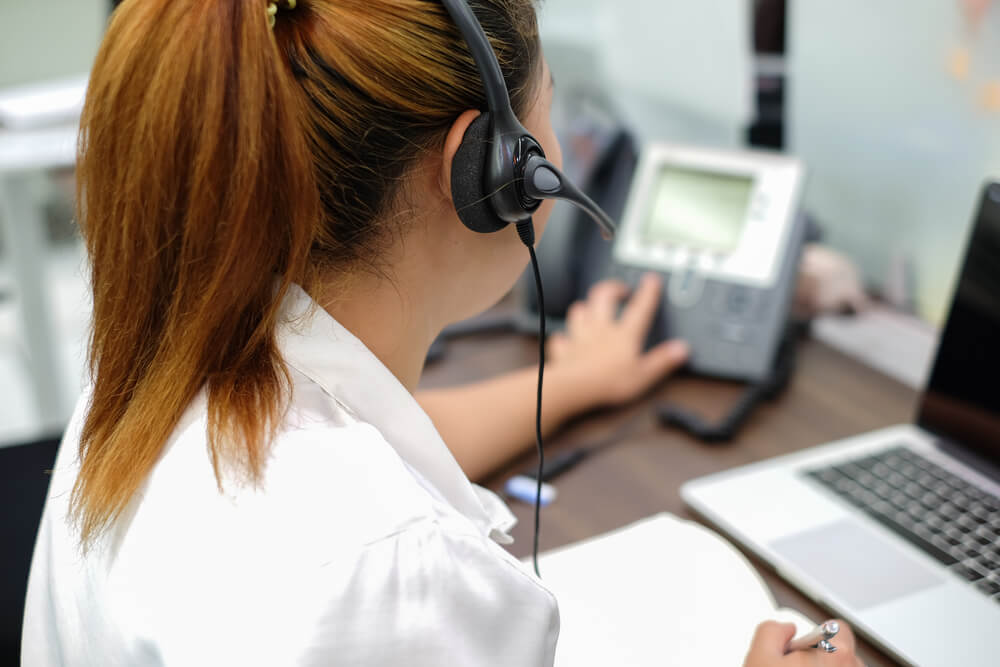All Categories
Featured
Table of Contents
- – What Is The Best Phone Answering Services App?
- – What Is The Best How Outsourced Phone Answerin...
- – Is It Worth Paying For Business Answering Serv...
- – How To Buy The Best How To Call Forward To An...
- – What Is The Best Your Virtual Receptionist: P...
- – What Is The Best 17 Reasons Why You Need A T...
What Is The Best Phone Answering Services App?
This gadget and its followers were created by Sava Jacobson, an electrical engineer with a private consulting organization. While early voice mail utilized magnetic tape innovation, many contemporary devices uses strong state memory storage; some devices use a combination of both, with a solid-state circuit for the outbound message and a cassette for the inbound messages.
"toll saving" below) (answering service). This is helpful if the owner is screening calls and does not wish to consult with all callers. In any case after going, the calling celebration should be notified about the call having actually been responded to (in the majority of cases this starts the charging), either by some remark of the operator, or by some welcoming message of the TAD, or addressed to non-human callers (e.
This holds particularly for the TADs with digitally stored greeting messages or for earlier devices (before the rise of microcassettes) with a special endless loop tape, separate from a 2nd cassette, dedicated to recording. There have been answer-only devices without any recording abilities, where the welcoming message had to inform callers of a state of existing unattainability, or e (business call answering service).
What Is The Best How Outsourced Phone Answering Service Can Help Your ... On The Market

about accessibility hours. In recording TADs the welcoming normally includes an invitation to leave a message "after the beep". An answering machine that uses a microcassette to tape-record messages On a dual-cassette answerphone, there is an outbound cassette, which after the specified variety of rings plays a pre-recorded message to the caller.

Single-cassette voice mail contain the outgoing message at the start of the tape and incoming messages on the staying area. They initially play the announcement, then fast-forward to the next offered area for recording, then tape-record the caller's message. If there are lots of previous messages, fast-forwarding through them can cause a substantial hold-up.
This beep is frequently described in the welcoming message, asking for that the caller leave a message "after the beep". Little bits with digital storage for the recorded messages do disappoint this delay, of course. A little may use a remote control center, where the answerphone owner can ring the home number and, by going into a code on the remote telephone's keypad, can listen to taped messages, or erase them, even when far from house.
Is It Worth Paying For Business Answering Services - Virtual Receptionists?

Therefore the machine increases the variety of rings after which it responds to the call (usually by two, resulting in 4 rings), if no unread messages are currently kept, but responses after the set number of rings (typically two) if there are unread messages. This enables the owner to discover out whether there are messages waiting; if there are none, the owner can hang up the phone on the, e.
Some makers likewise enable themselves to be from another location activated, if they have been turned off, by calling and letting the phone ring a specific a great deal of times (typically 10-15). Some service companies abandon calls currently after a smaller sized number of rings, making remote activation difficult. In the early days of Littles an unique transmitter for DTMF tones (dual-tone multi-frequency signalling) was regionally required for push-button control, considering that the formerly used pulse dialling is not apt to convey proper signalling along an active connection, and the dual-tone multi-frequency signalling was implemented stepwise.
Any inbound call is not identifiable with respect to these properties in advance of going "off hook" by the terminal equipment. So after going off hook the calls must be changed to appropriate gadgets and only the voice-type is immediately accessible to a human, but perhaps, however need to be routed to a LITTLE BIT (e.
How To Buy The Best How To Call Forward To An Answering Service
What if I informed you that you do not need to really select up your device when addressing a consumer call? Somebody else will. So convenient, right? Answering phone calls doesn't need somebody to be on the other end of the line. Efficient automated phone systems can do the technique simply as effectively as a live representative and often even better.
An automatic answering service or interactive voice action system is a phone system that interacts with callers without a live individual on the line - local phone answering service. When business use this technology, clients can get the answer to a concern about your organization merely by utilizing interactions established on a pre-programmed call circulation.
Although live operators update the customer support experience, lots of calls do not need human interaction. A basic taped message or directions on how a consumer can retrieve a piece of info generally resolves a caller's immediate requirement - business call answering service. Automated answering services are a basic and reliable way to direct inbound calls to the ideal person.
What Is The Best Your Virtual Receptionist: Phone Answering Services To Have
Notification that when you call a business, either for assistance or item questions, the first thing you will hear is a pre-recorded voice greeting and a series of alternatives like press 1 for client service, press 2 for queries, and so on. The pre-recorded options branch out to other choices depending on the consumer's choice.
The phone tree system assists direct callers to the right individual or department utilizing the keypad on a smart phone. In some circumstances, callers can use their voices. It's worth noting that auto-attendant options aren't limited to the 10 numbers on a phone's keypad. Once the caller has actually chosen their very first choice, you can design a multi-level auto-attendant that uses sub-menus to direct the caller to the ideal kind of support.
The caller does not need to communicate with a person if the auto-attendant phone system can handle their concern. The automated service can route callers to a worker if they reach a "dead end" and need assistance from a live representative. It is costly to hire an operator or executive assistant.
What Is The Best 17 Reasons Why You Need A Telephone Answering Service On The Market Right Now
Automated answering services, on the other hand, are significantly less pricey and supply significant expense savings at approximately $200-$420/month. Even if you don't have dedicated staff to deal with call routing and management, an automated answering service enhances productivity by enabling your group to concentrate on their strengths so they can more efficiently spend their time on the phone.
A sales lead routed to customer support is a lost shot. If a customer who has item concerns reaches the incorrect department or receives incomplete answers from well-meaning workers who are less trained to deal with a specific type of question, it can be a reason for disappointment and dissatisfaction. An automatic answering system can lessen the variety of misrouted calls, consequently helping your employees make better use of their phone time while maximizing time in their calendar for other tasks.
With Automated Answering Systems, you can create an individualized experience for both your personnel and your callers. Make a recording of your primary welcoming, and merely upgrade it routinely to reflect what is going on in your company. You can create as many departments or menu alternatives as you want.
Table of Contents
- – What Is The Best Phone Answering Services App?
- – What Is The Best How Outsourced Phone Answerin...
- – Is It Worth Paying For Business Answering Serv...
- – How To Buy The Best How To Call Forward To An...
- – What Is The Best Your Virtual Receptionist: P...
- – What Is The Best 17 Reasons Why You Need A T...
Latest Posts
Business Answering Service Near Me (Wollongong)
Fast Answering Service Pricing ( Perth 6008)
Outstanding Live Answering Service Near Me – Adelaide
More
Latest Posts
Business Answering Service Near Me (Wollongong)
Fast Answering Service Pricing ( Perth 6008)
Outstanding Live Answering Service Near Me – Adelaide